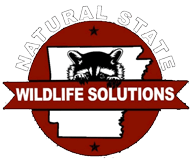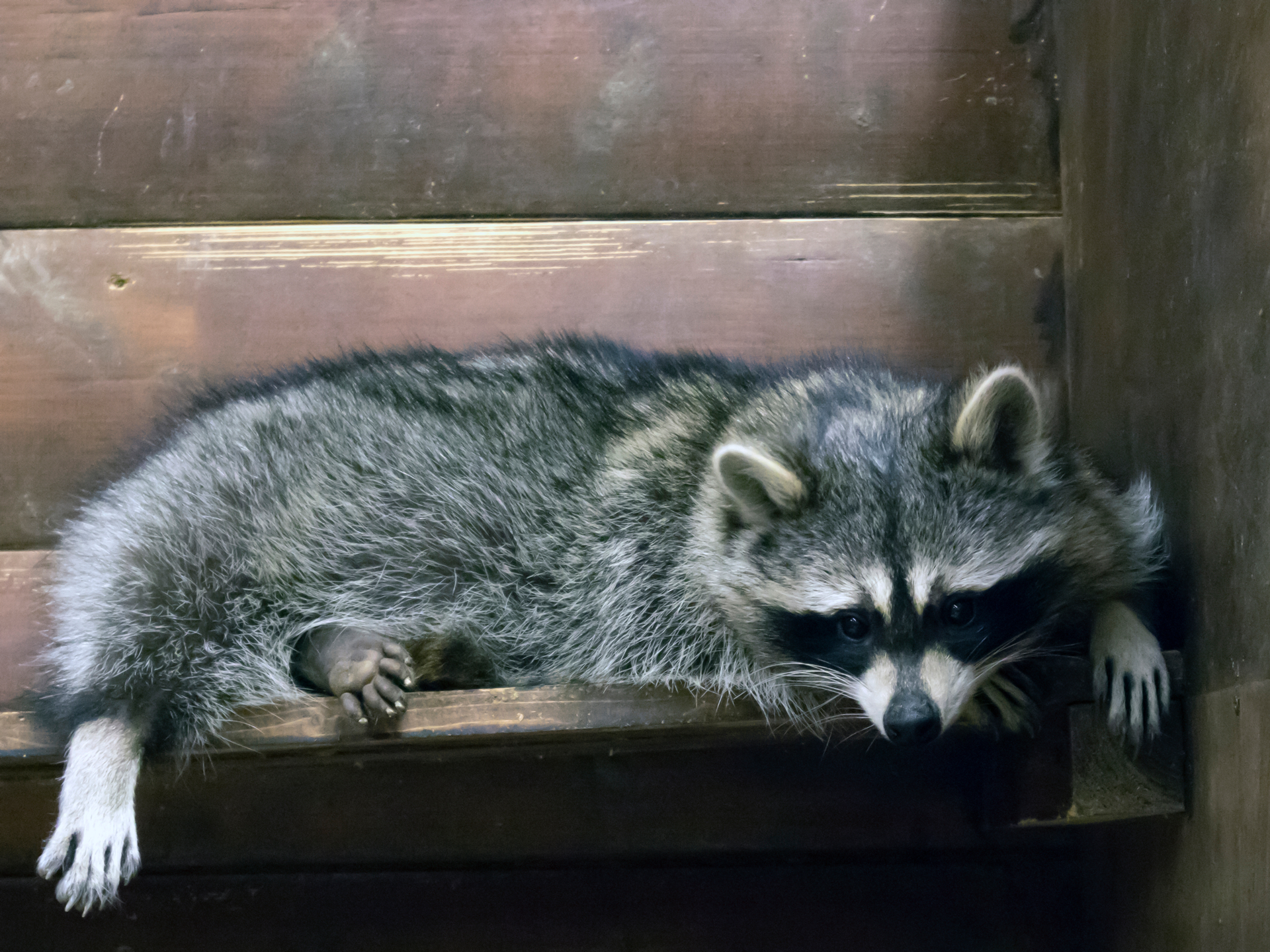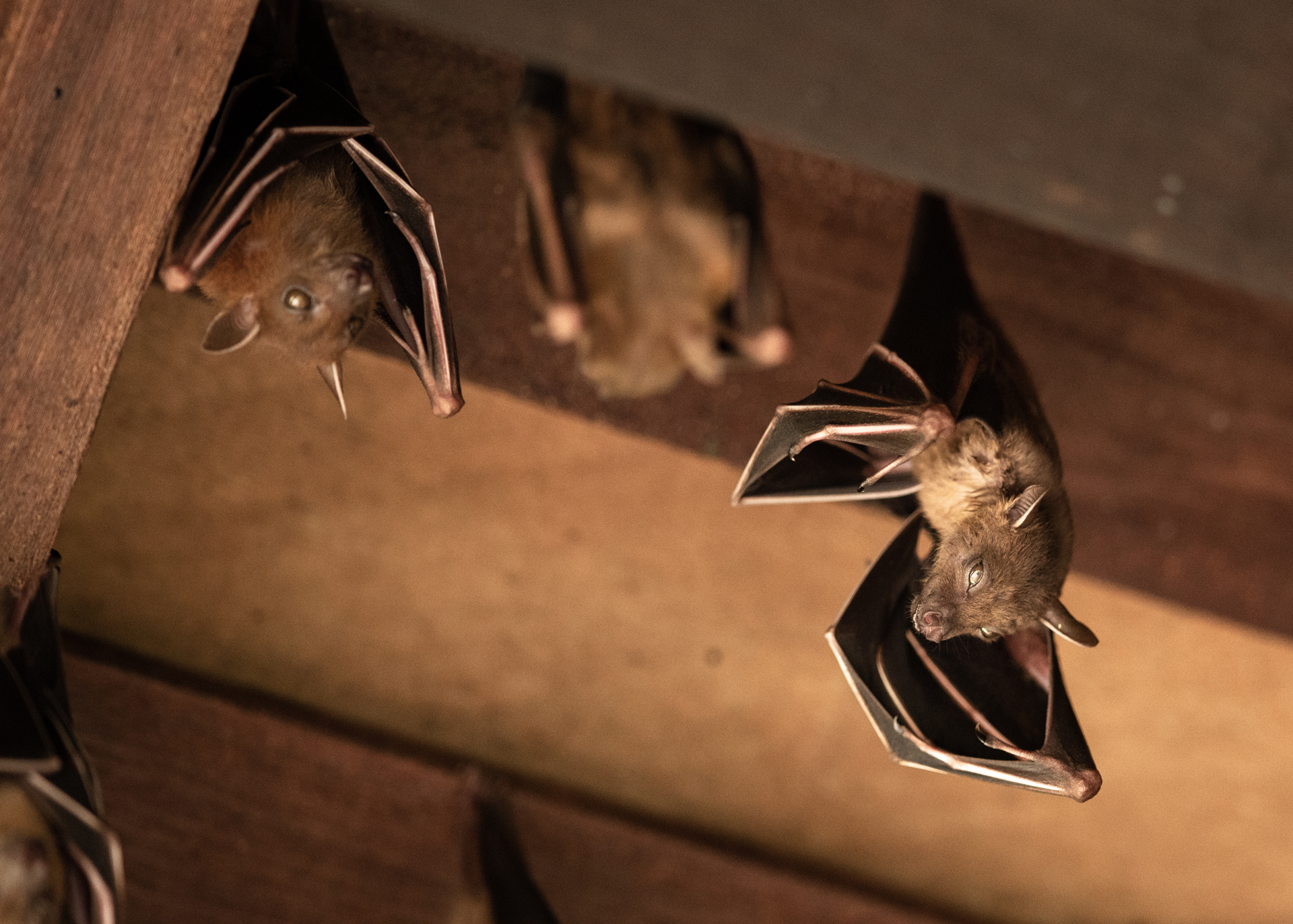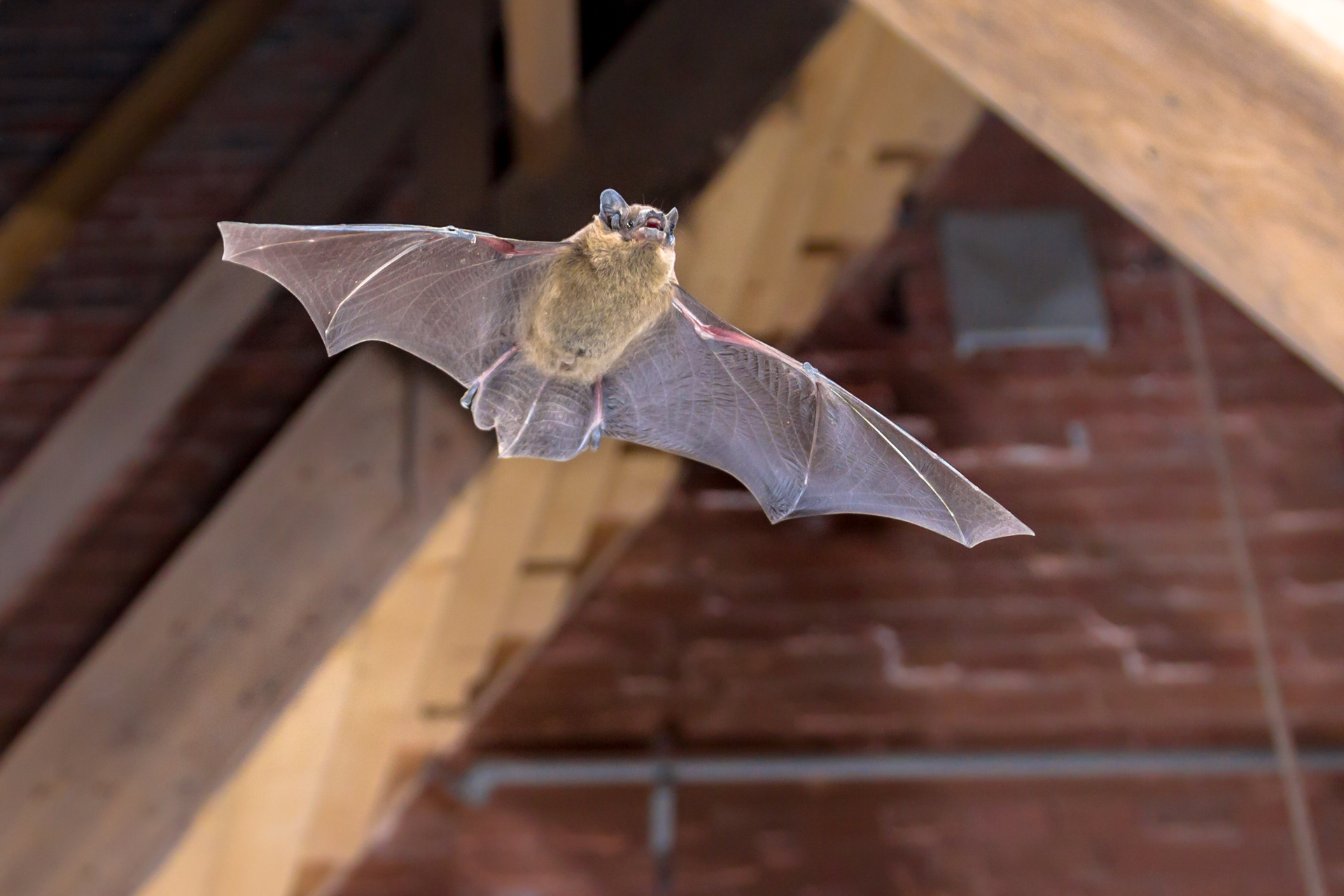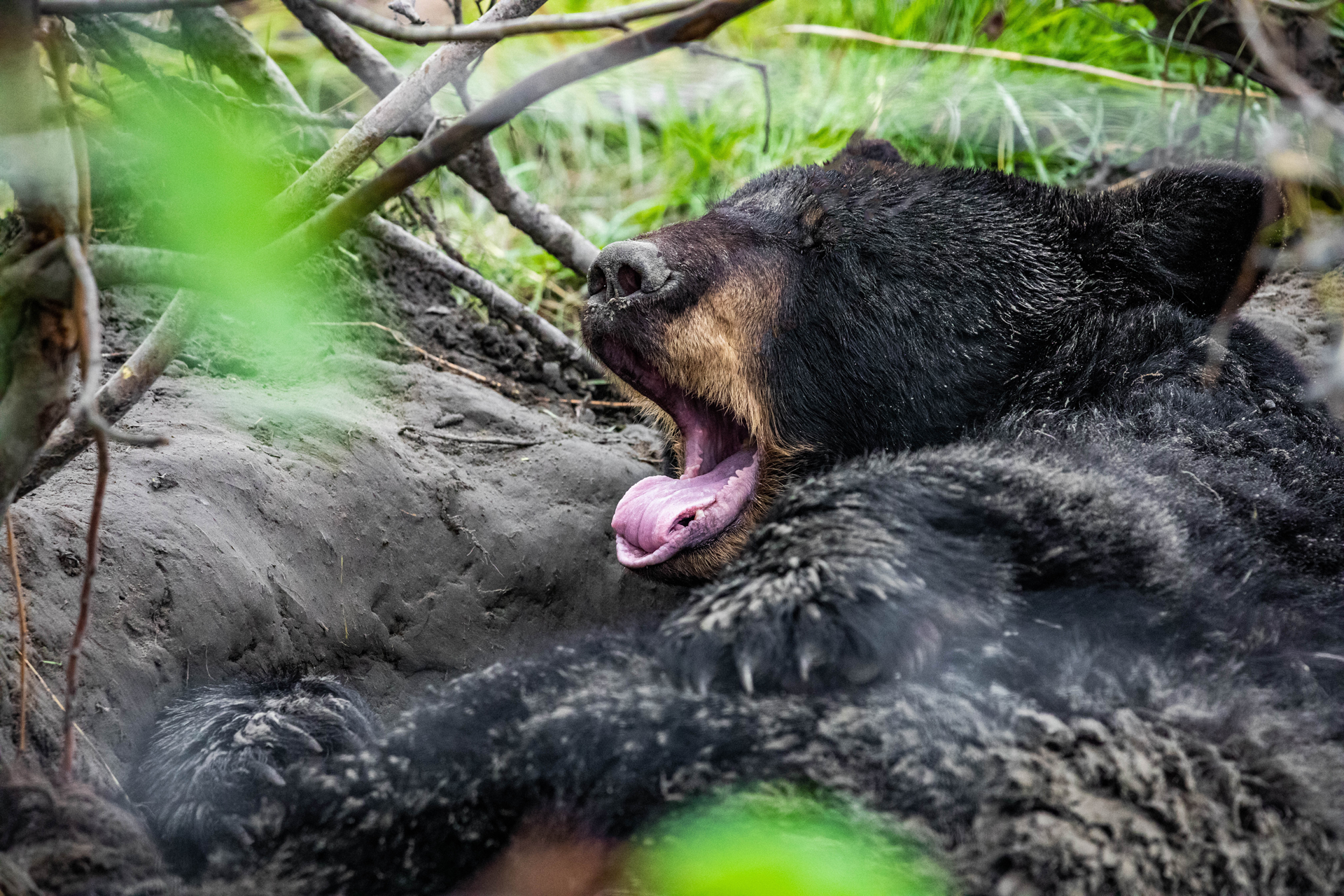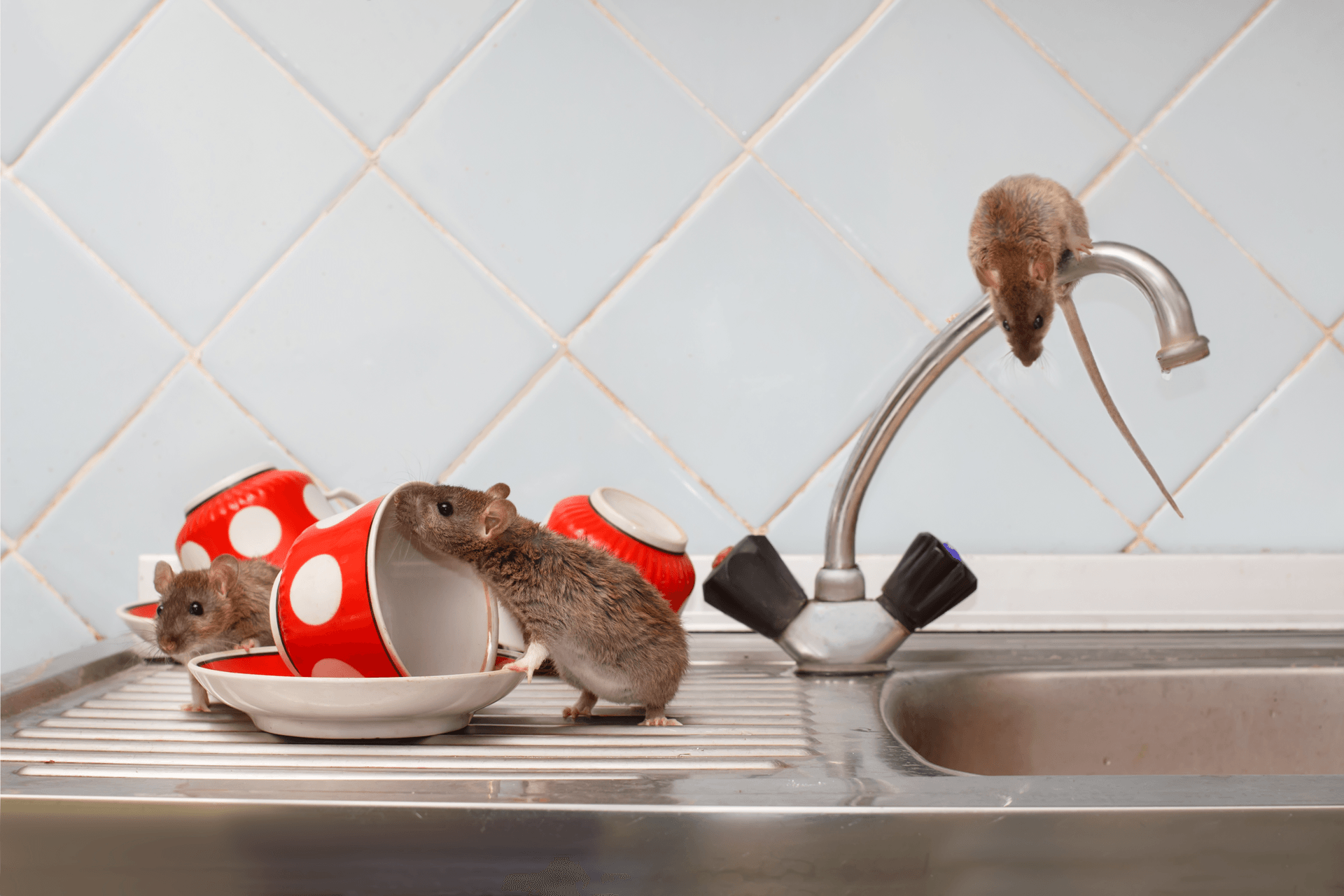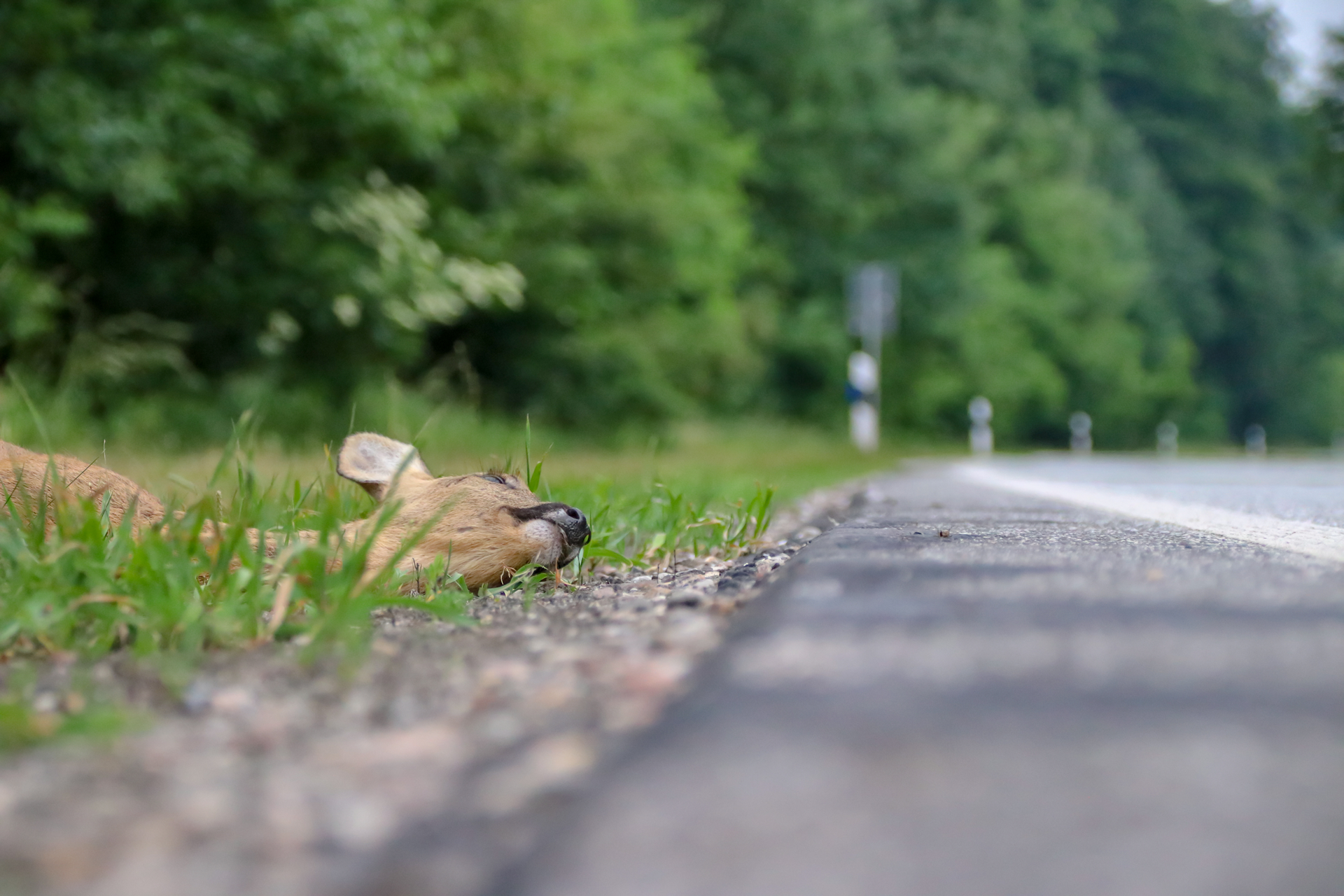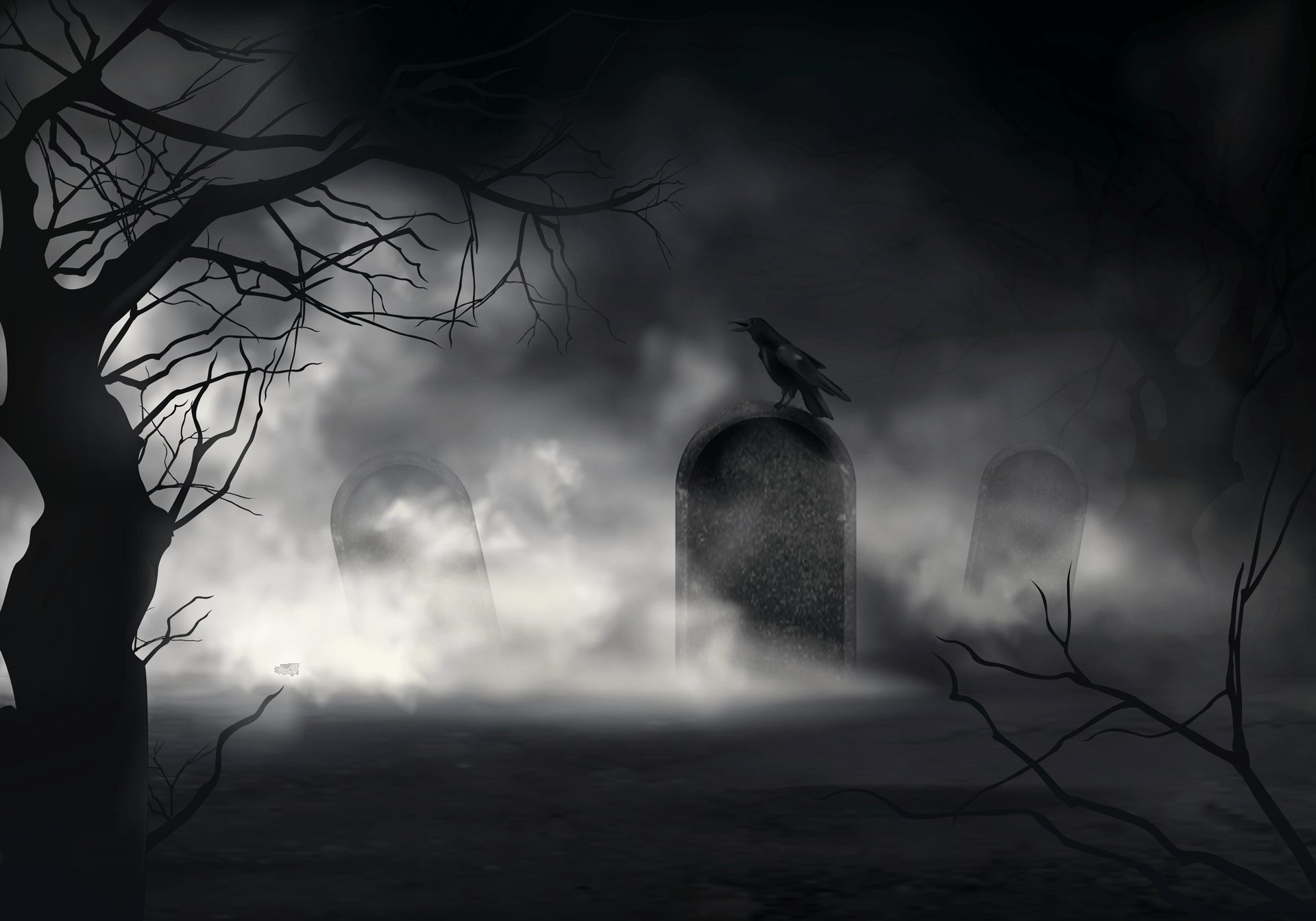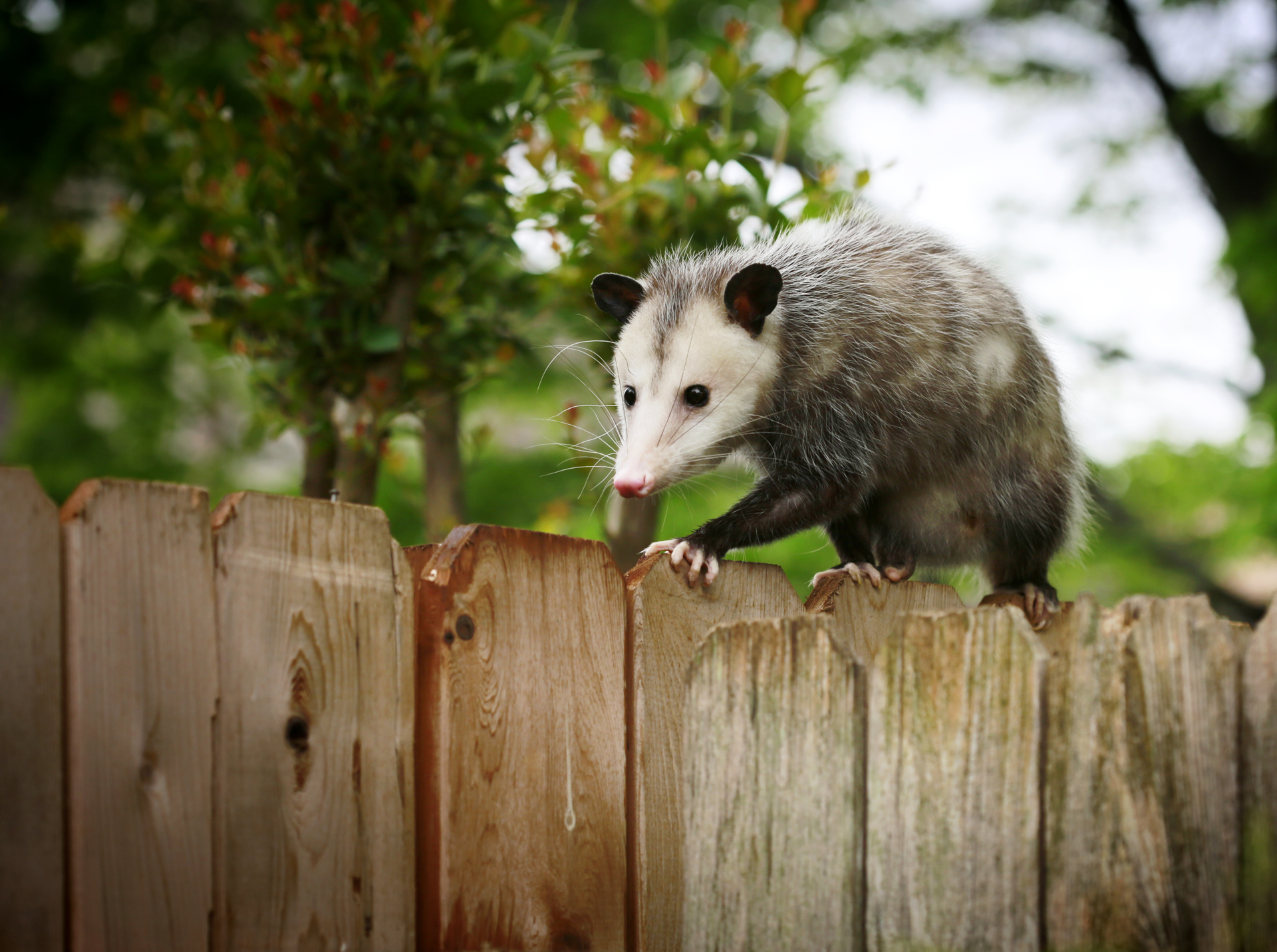Destruction Caused By Nuisance Wildlife
How Much Damage Can Nuisance Wildlife Due To Your Property?
YouTube is littered with videos of people being reckless with wild animals, and the number of exotic pets in the United States is at 50% of total pet ownership. That number would probably be much lower if we called them what they really are, wild animal pets. Our tolerance of these animals is probably built up from childhood, where these cute creatures are given human qualities. For example, there are over 50 raccoons in cartoons and movies, like Pocahontas and Dr. Dolittle. Squirrels may be the most popular animal stars with Rocky from Bullwinkle and SpongeBob’s Sandy Cheeks.
The warm fuzzy feelings we associate with those characters lead us to believe they are the same cute and cuddly creatures in the wild. We’ve been going so far as to invite them onto our properties with regular feedings. We sometimes fail to realize how destructive these creatures can be when they decide food isn’t enough and that you would make the perfect roommate.
It’s hard to believe squirrels were once the most popular pet in the US. They are relentless, and if there is no opening into your house, they can make one. Some of their favorite places to chew through are the soffits under the eaves of your roof. Fascia board and siding are no match for their sharp incisors, and the holes they create can allow water penetration which may lead to mold growth, termites, and infestations by other animals. Once inside, they head for the penthouse (the attic) because our attics can provide many amenities on the squirrel’s checklist.
Insulation makes for wonderful bedding and a warm, safe spot to build a nest. Even when not torn up, their feces and urine can contaminate whatever it touches, making for a hazardous and costly cleanup. If one should find its way into your home, the fun really begins, as an Atlanta couple found out. While on vacation, a wayward critter found itself trapped in their home. While trying to find a way out, the animal chewed the window frames and caused holes in many of the windows. When all was said and done, they needed to replace almost every window in the house. The rodent also chewed furniture, door frames and pooped throughout the house. In the end, there was over $15,000 in damages.
While a much bigger animal, raccoons are extremely smart, built to live up to the masked bandit nickname. Their super intelligence and dexterous fingers allowed them to open 11 out of 13 locks in a 1908 study. When ripping through our garbage is not enough; our home is the next stop. They can easily make their way in through open chimneys and can tear off roof shingles and roof vents to gain access. Like the squirrels, the attic makes a great place to nest, and they head there in late winter to have babies and cause similar destruction.
Chimneys offer similar conditions as raccoons find in hollowed-out trees with the added benefit of central heating. They can tear away the chimney lining for bedding. Blockages they cause in the chimney can result in a fire hazard. The chimney also provides access to the home’s ventilation and ductwork. Much of today’s ductwork is lined with or made from sheets of insulation that raccoons can easily tear up for bedding and nesting. The insulation also absorbs urine very easily. Due to the ductwork’s location, once contaminated, it can be quite costly to replace. You don’t want to find out the hard way that you have a raccoon problem like the woman who had several fall through her ceiling and then trash her bedroom.
While those rodents generally cause damage up top, skunks can launch a ground assault. They are best known for attacks on our noses, but their focus is typically on the strongest part of our homes, the foundation. With extremely powerful front paws and sharp claws, they dig burrows under foundations, leading to structural damage, leaks, compromised footings, and poor air quality. Fixing the foundation can cost more than $5,000. You shouldn’t discount the damage they can cause to property with their spray either. A wayward skunk found its way into a Colorado home. By the time it finished coating the home with spray, damages were about $9,000 to clean and repaint. Replacing the floors may boost that total to about 18k.
It’s hard to imagine tiny animals like birds and bats causing much damage. Crows, sparrows, and starlings often nest inside gutters, and the ensuing blockages can cause standing water to rise and infiltrate the roof. This can lead to water damage, insect infestations, and in extreme cases, a collapsed roof. Many birds travel in flocks, and if just 100 pigeons find your roof appealing, they can produce almost 5,000lbs of droppings in a year. That load was behind the roof collapse of a Vacaville, California, gas station.
Bat droppings can be equally devastating in your attic, contaminating whatever it touches. Bats can also chew on walls and insulation, and their nightly flights can expand openings created by other animals. On top of the physical damage, the bats’ damage can also lead to higher utility bills.
It is estimated that beavers are responsible for over $200 million in timber damages annually. While they generally don’t chew on our houses, the floods their dams can cause drown crops and compromise the structural integrity of our driveways, patios, and decks. These animals were responsible for a 7ft-wide by 8ft-deep sinkhole in a North Carolina highway.
Mice and rats have an easier time getting into your home or business because they are small and flexible. Like the rest of the rodent family, they need to keep their teeth in check by gnawing to grind them down. They have no problem tearing through refrigeration lines and destroying HVAC systems. One of their favorite targets is electrical wiring. They chew the insulation off for nesting and the wires for tooth sharpening. In an effort to become green, the auto industry has been using organic material to protect a vehicle’s wiring, and cars are the latest rodent target. Toyota was even sued for using soy-based insulation and not covering rodent damages under their warranty. Rodents are also believed to be responsible for about 20% of unsolved fires yearly.
Before nuisance wildlife becomes a costly issue,
contact Natural State Wildlife Solutions. We think animals are cute too, but there is nothing adorable about the damage they can cause. We are available today to discuss an estimate.
